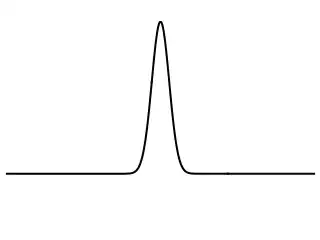Let's say I have 2 boxes, one of mass M and one of mass 2M. They are connected by a rigid rod. I drop them from the same height and see that due to the earth's gravity, they accelerate at the same rate towards the ground. Keep in mind that they're connected by a rigid rod. I have 3 questions:
Question 1
If I let them go from an airplane, with the rod connecting one to the other, will they spin as they fall through the air?
I think not, because, without the rod, they would have the same acceleration.
Question 2
If I attach the rod to a wall with the pivot point (point of attachment from the rod to the wall) halfway in between the two masses, can someone please explain (without torque please, since torque states they spin but doesn't really explain why) why it is that they spin around that pivot point?
What changes, physically, that causes them to spin? I know it must have something to do with the atoms of the rod...but I don't know how to explain it. See my other question here:
Law of the lever - Explained Physically
Question 3
We're in space.
The two masses are connected by the rigid rod, but the rigid rod isn't attached to anything.
Attached to each of the masses are little rockets that fire in the same direction.
My intuition tells me in order to keep the entire system from spinning, the rocket on the smaller mass M must be exerting half the force than the rocket on the bigger mass 2M.
This is intuitively obvious because if they were not attached to the rod, this ratio of forces would give them both the same acceleration.
However, if I then fix the bar on a pivot point in space, why is it that if I put the pivot point closer to 2M the bar doesn't spin, but if I put it smack in the middle or closer to M the bar spins, when without the bar, both masses would have the same acceleration?
Again, an explanation without torque would be greatly appreciated, although if we can get to torque from a more physical explanation, that would also be awesome.
It must have something to do with the way momentum spreads through the bar...or the bending of the bar...but I don't know how to describe it

